
Positive Mobility
eMagA night with the high-speed rail maintenance teams
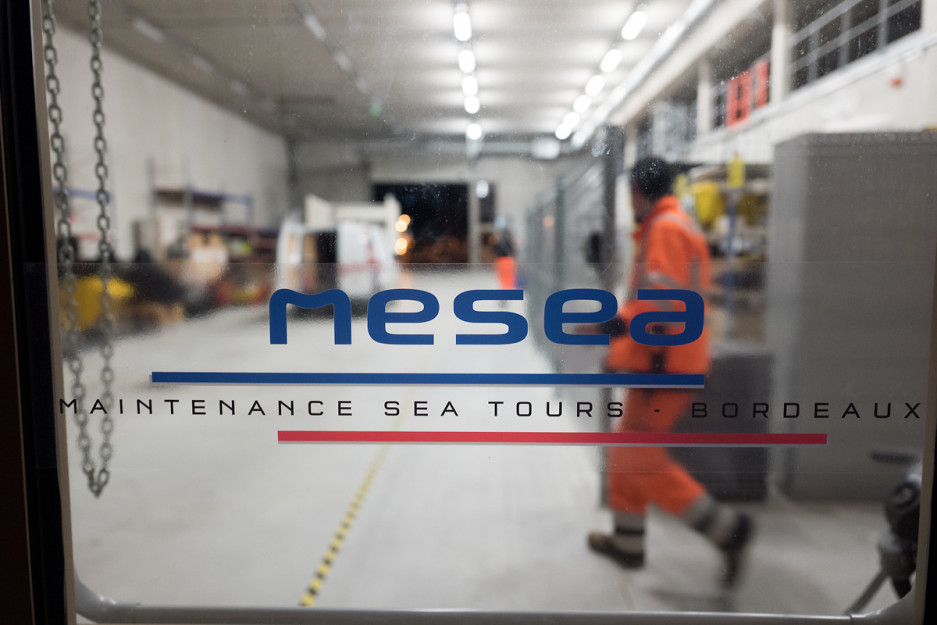
After the extraordinary construction phase, the South Europe Atlantic (SEA) high-speed line linking Tours and Bordeaux is now the object of a new challenge: technical maintenance of the line, handled by VINCI Concessions’ subsidiary MESEA. Meeting the particularly stringent standards requires both innovation and team training. We report from the field with the people on the front line.
The SEA high-speed line, one of the biggest projects ever tackled by the VINCI Group, is a new 302 km stretch of railway infrastructure between Tours and Bordeaux, with 38 km of additional lines connecting stations along the route. LISEA, a VINCI Concession subsidiary, handles the management and commercial operation of the line as concession company, while MESEA, 70% owned by VINCI Concessions, is responsible for line maintenance. To perform this highly technical mission, MESEA operates every day from three main maintenance bases along the line – Nouâtre-Maillé, Clérac, and Villognon where the supervision centre is located.
It’s 9.30 pm. The track and catenary maintenance teams (originally two distinct skill sets now brought together by MESEA for improved efficiency) arrive at the maintenance bases. Every night, they carry out repairs or preventive maintenance to guarantee the optimal safety of the infrastructure. Tonight’s job is a catenary stringing operation to replace part of the wire in contact with the TGV pantograph.
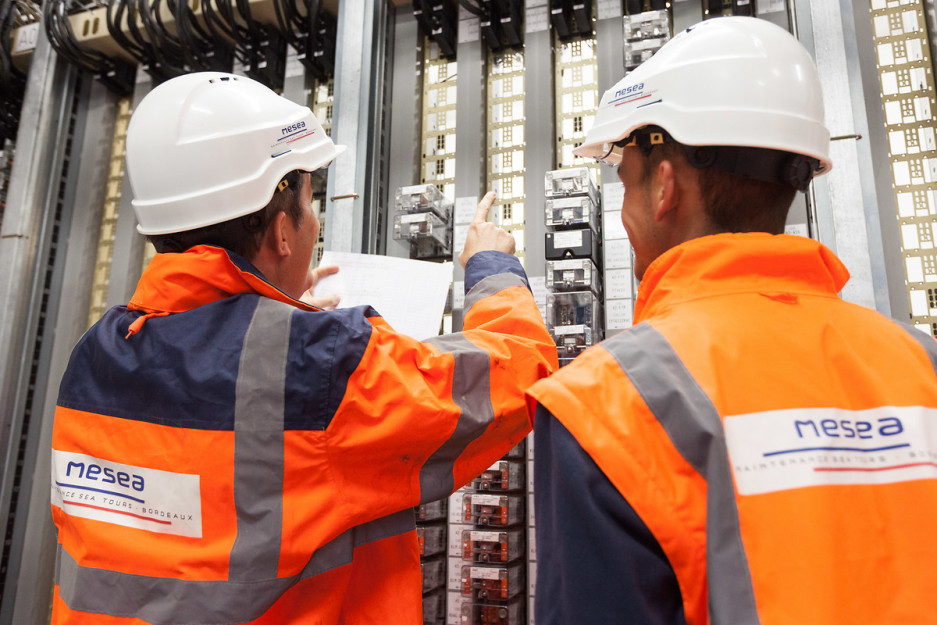
Actual work cannot start until later – after 11 pm, when the trains have stopped running. Until then, the team focuses on upstream preparation to guarantee safe conditions for their work. The works scheduling manager is responsible for asking the SNCF to close the line and make sure no trains are running. The electrical lockout agent’s job is to verify that the power supply has been completely disconnected.
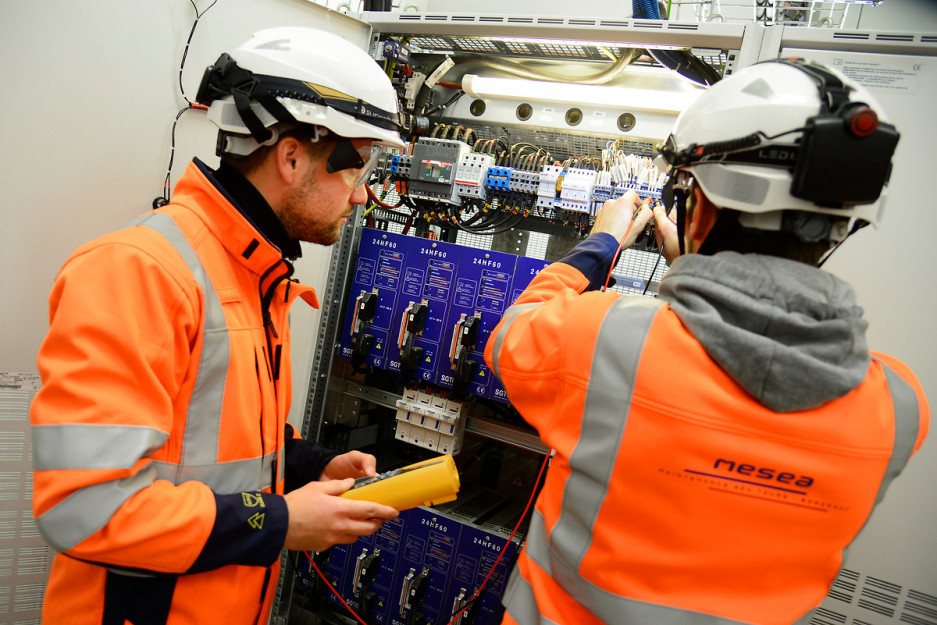
10 pm: first group briefing in the premises set aside for this purpose. The works scheduling manager presents the intervention in detail, pinpointing the areas where the maintenance crew will be working.
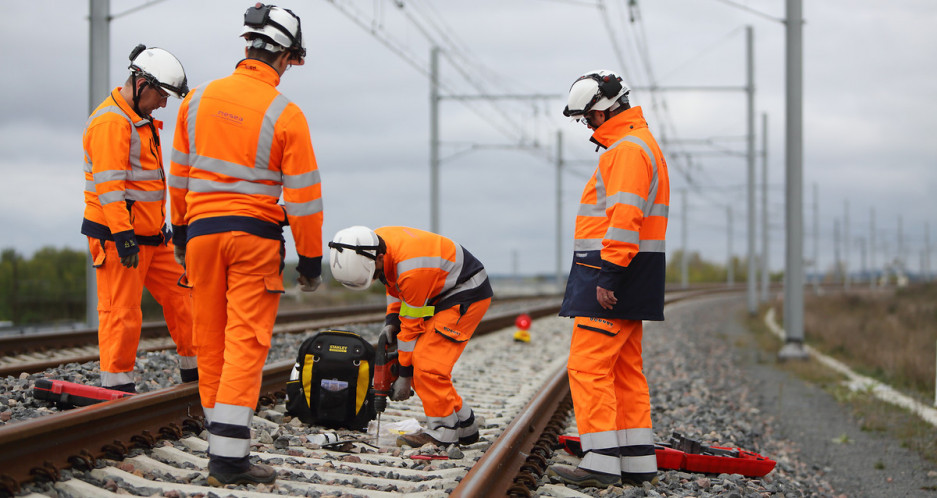
This is followed later on the ground by a pre-job briefing focusing on safety. The works scheduling manager confirms the exact schedule and answers any last questions. Once it has been confirmed that the trains have stopped, work on the line can start.
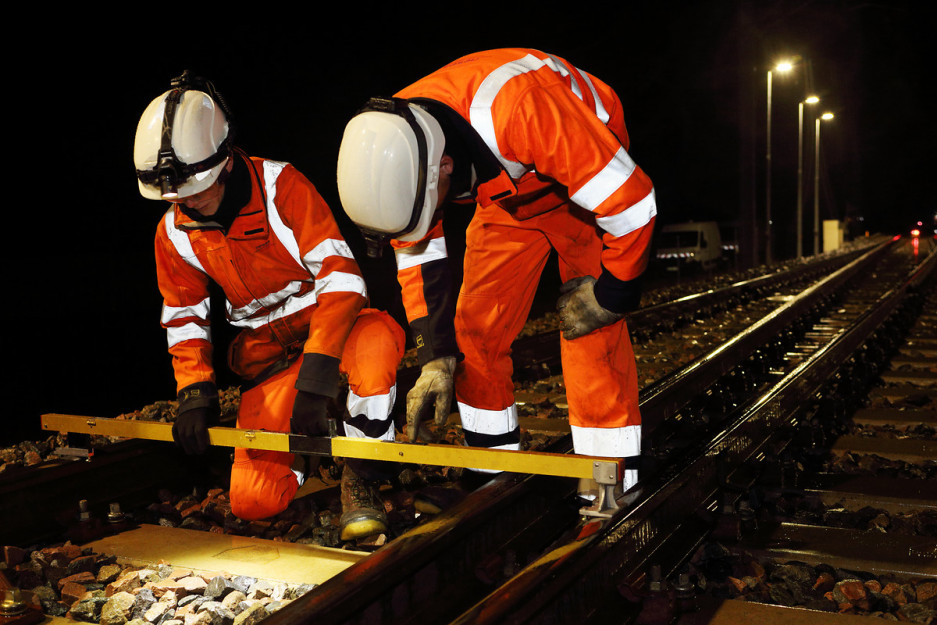
Action! Tonight’s operation calls for three road-rail trucks. These vehicles, invented by MESEA, can operate on both road and rail. The riggers start work on the catenary to change the contact wire. They first ground the contact wire by momentarily connecting it to one of the rails. They then unwind the copper wire, which calls for over a ton of tractive force. Actual work on site lasts around five hours – the average duration of all operations, even standard track inspections.
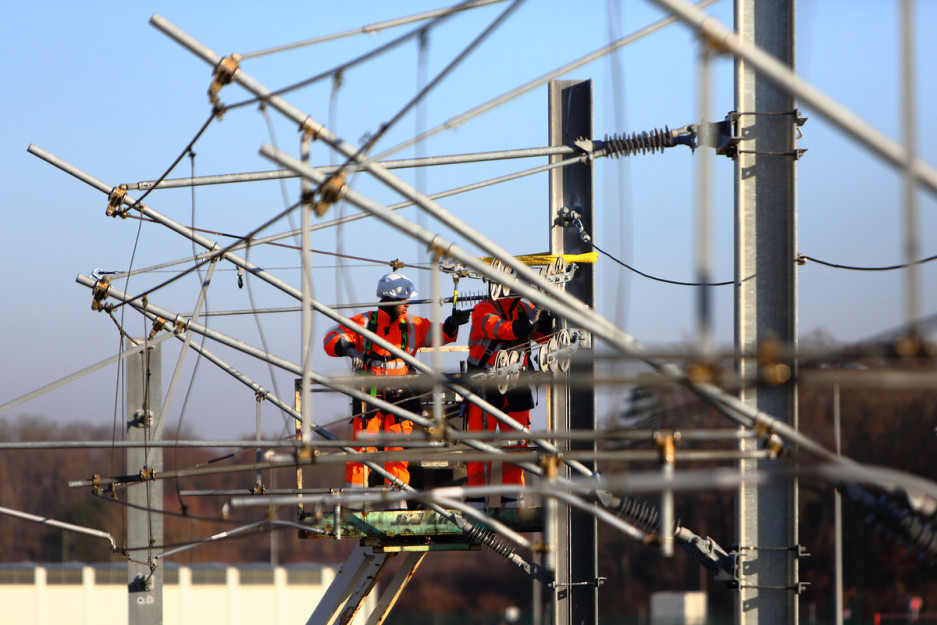
Still on the job, the riggers complete the despatch forms to report all useful information about their intervention – an important step for verifying satisfactory rollout of the operation, recording all the relevant data and guaranteeing continuous improvement of procedures. The lockout agent, identified by a blue band that is clearly visible on the worksite, collects all the despatch forms.
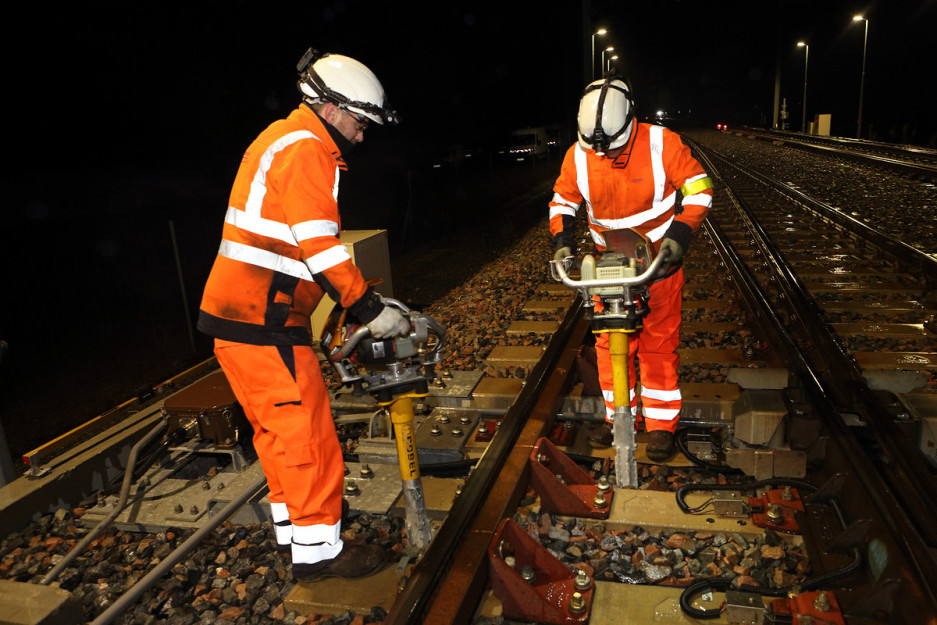
It’s back to base a little after 4 am. The team returns to the maintenance base. MESEA relies primarily on local sources and works closely with regional bodies (Job Centre, regional council, etc.). Another key principle underpinning the HR policy is to recruit as many people as possible who had worked on the construction phase to guarantee them continued employment.
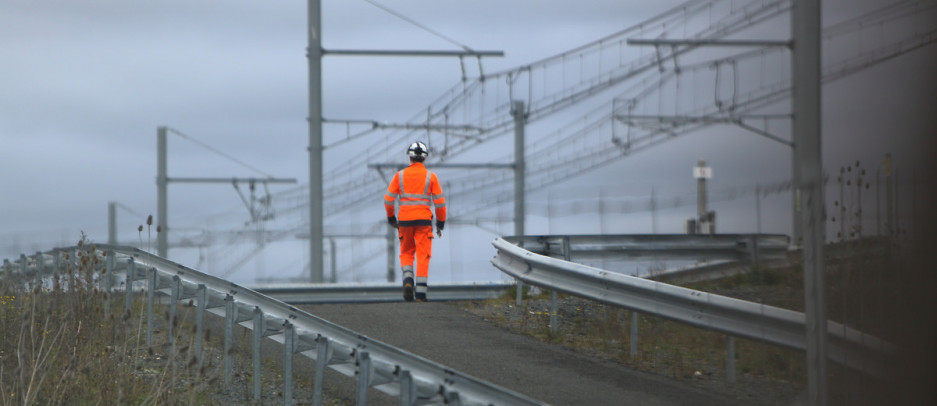
It’s 5 am: time for the inspection round, performed by the BROOM rail line inspection car. BROOM, named after the French acronym for “dual-engine maintenance observation and opening unit”, was invented by MESEA and serves as a perfect example of the new ideas and innovation brought by the new private operator to the high-speed rail sector. As required by the regulations, BROOM travels along the line at 160 km/hour with no passengers aboard every morning to ensure the safe passage of the day’s scheduled trains. An economic solution that avoids having to run an empty TGV high-speed train.